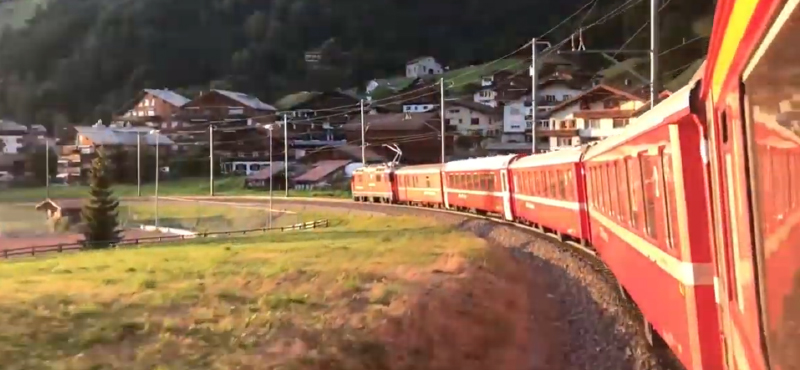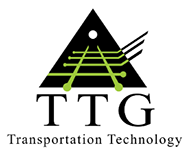The problem
An efficient rail network depends on trains running on time, and that requires drivers to manage speed carefully between destinations. But determining the best moments to accelerate and brake not only ensures trains arrive promptly – it also optimises energy use, leading to lower costs and fewer emissions. So, how do you calculate the optimum driving pattern of a train?
The solution
Almost 40 years ago, UniSA’s Associate Professor Peter Pudney was part of a team that developed a simple algorithm to help train drivers keep time and reduce energy use by calculating where to coast and where to brake.
The first systems counted how many times a train’s wheels went around to calculate where it was on a trip and how fast it was travelling. Today, GPS has replaced manual wheel counts and that algorithm – refined over four decades – now runs in the cabs of 8,000 passenger, freight, and heavy haul trains on four continents.
The software, trademarked as Energymiser, uses information about the train, route, and schedule to calculate efficient driving strategies and advise drivers when to accelerate and brake to ensure they arrive on time with minimum energy use.
For 23 years, Assoc Prof Pudney worked with TTG Transportation Technology (formerly TMG) to develop Energymiser, helping the international rail industry to optimise train scheduling, energy efficiency, and driver safety.
Earlier this year, that chapter closed with the sale of TTG to the Trapeze Group, part Toronto-based technology company, Modaxo, which specialises in global public and private transportation software across the passenger and freight sectors. While the sale marks the end of one era, it ushers in an exciting new chapter for UniSA and its Energymiser creators.
“The research collaboration is continuing under Modaxo, who are very enthusiastic about the work we are doing at UniSA,” says Assoc Prof Pudney. “They are keen to explore how we can help them improve not only the scheduling and control of trains, but also light rail and buses, so we are a really good fit for them.”
Ben Dvoracek, Managing Director of ANZ Rail at TTG and Trapeze, echoed these sentiments.
“The success that TTG and UniSA have had together is quite unique. Being specifically focused on the development of transport technology, we constantly think about different ways of making all transport stakeholders productive and efficient.
The world is evolving faster than it ever has. With a smart and dedicated TTG and UniSA team, we will continue to maintain a heightened level of curiosity and focus on how we improve technology capability to drive sustainability in transport.”
Ben Dvoracek
Managing Director of ANZ Rail at TTG and Trapeze

TTG founder Dale Coleman says the company’s merger with Modaxo is an “ideal fit” for TTG, and a direct result of, and testament to, TTG’s long research partnership with UniSA.
“Thanks to the expertise of UniSA researchers, including Professor Phil Howlett and Professor Peter Pudney – and formerly Professor Ian Milroy – TTG has been able to build a global business and be recognised as a world leader in its field,” Coleman says.
Energymiser is now being deployed or has been trialled on trains across the UK, Belgium, France, Spain, Germany, China, India, Australia, New Zealand, and Africa. The software is saving rail companies up to 20 per cent of their energy costs.
Partners involved

Related services
Contact the Enterprise Hub
Get in touch with us to find out how we can support your business needs.
Make an enquiry online or call us to discuss your idea



